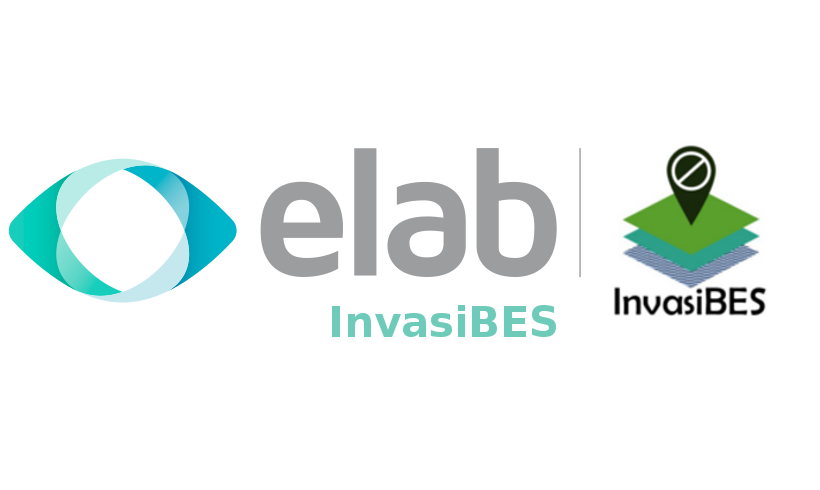Biological invasions are one of the major drivers of global environmental change and there is a need to develop
integrated strategies to counteract this phenomenon. Eradication is an effective management option to mitigate
the deleterious impacts of invasive alien species (IAS). Eradication can be achieved if all reproductive individuals
are removed and population recovery is prevented. However, individuals may survive removal operations in
private areas if interventions are not allowed. Here, we present 1) three case studies in which restricted private
property access prevented the local eradication of invasive alien populations, and 2) a list of reasons for denying
access to private properties and a list of actions implemented or suggested by managers to facilitate access and
reported in 29 reviewed papers. The restricted access affected the local eradication of three Eastern grey squirrel
(Sciurus carolinensis) populations in Italy. In Lombardy region, in one area a planned eradication did not start and
in another area the implemented eradication failed due to the refusal from the owner of a large private property
to grant access to managers. In Umbria region, the lack of collaboration from an Italian financial institution
produced a delay of 15 months in the removal. In our case studies, therefore, a single person or institution denied
access for a personal gain or presumed internal security. The reasons behind landowner opposition may be
diverse and individual attitudes towards IAS management will depend on interactions with owners. According to
our review, in many cases the denial of access takes place in a general perception of mistrust or opposition to the
project as the results of a limited engagement of local people. Such opposition often jeopardizes control activities,
with profound negative consequences on eradication, expecially at landscape scale. Bottom-up approaches
aiming at involving stakeholders can increase the possibility to achieve IAS eradication, however appropriate
legislation remains pivotal to enforce eradication in case of non-cooperative behaviour.
Bertolino et al (2021) Restricted access to private properties limits management of invasive alien
species: A literature review and case studies. Journal of Environmental Management 297 (2021) 113318
https://doi.org/10.1016/j.jenvman.2021.113318


